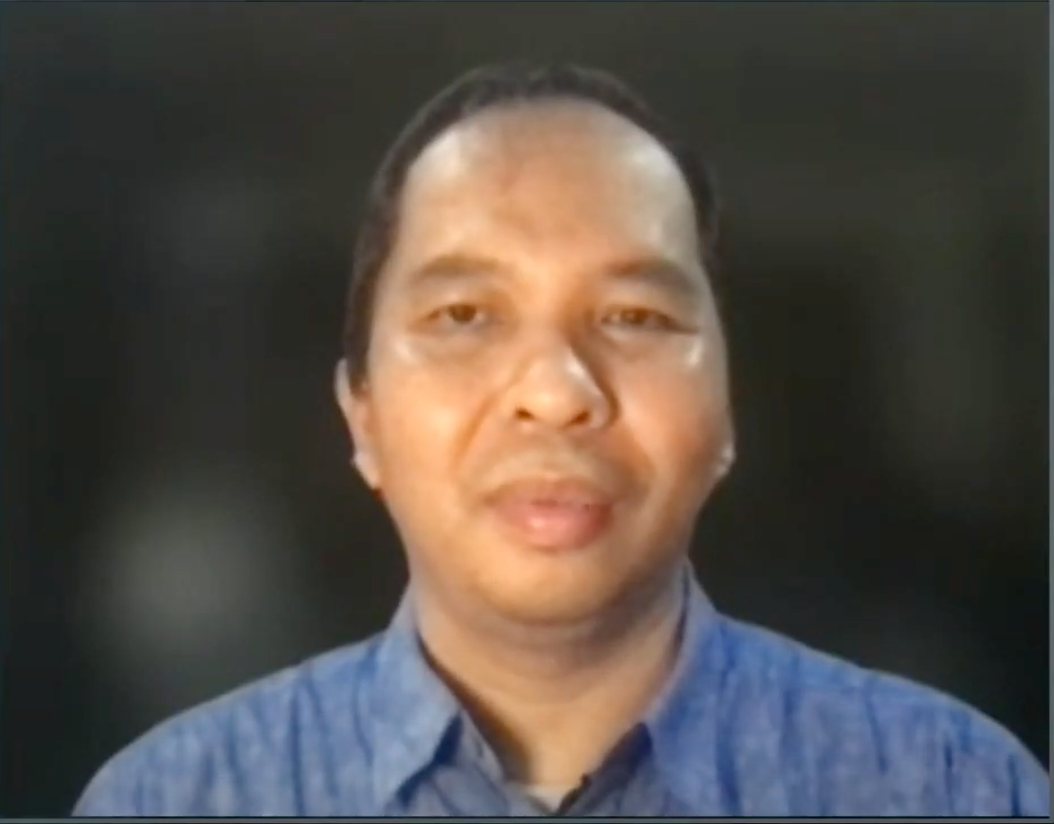 INFRA
INFRA
 INFRA
INFRA
 INFRA
INFRA
For banking applications to be feasible, they need to be reliable, fault-tolerant, secured, manageable and especially scalable.
The number of transactions for an online bank can quickly scale up to thousands per second during holidays or unexpected pandemics. Online banks need to provide remote clients a high level of scalability and availability.
“By doing container microservices, we have options to scale up in a very fast way,” said Victor Korompis (pictured), senior vice president of digital banking at PT Bank Mandiri in Indonesia. “You might say that the Bank Mandiri is supporting the economy of the country, because … at any given time, we are running about 4,000 transactions per second. That’s a huge transaction number.”
Korompis spoke with Dave Vellante (@dvallente), host of theCUBE, SiliconANGLE Media’s livestreaming studio, during the recent Red Hat Summit. They discussed the focus of the bank, their approach to containerization, OpenShift, and business outcomes and future plans. (* Disclosure below.)
[Editor’s note: The following content has been condensed for clarity.]
Could you give us an overview of the bank. Talk a little bit about your strategy, your customers, what the focus is of your company?
Korompis: Bank Mandiri is a state-owned enterprise owned by the [Indonesian] government. We have about 2,600 branches and about 15,000 ATMs all over Indonesia. Now, we are currently focused on having more digital capability, and in our current situation, about 95% of our transactions are already coming from the electronic channel. So it’s only about 5% coming from the branches.
Could you talk about some of the technical considerations that impacted the desire to actually leverage containers?
Korompis: Scalability is always important for us because… [during] a festive season, the transaction can be increased up to 40 or 50% suddenly. We must be ready to have scalability on-demand, and containerization is enabling us to do that. Another thing is flexibility, because in the old days when we wanted to set up a new environment, it was very difficult and took a lot of time. And that affected the time to market our products. By doing the containerization and putting it on a CI/CD pipeline platform, we can set up the DevSecOps platform.
And the third [aspect] is the consistency. So by doing the containerizations, we can put the APIs on our backend APIs in the container itself and deliver a full environment and a consistent experience to our customers.
Could you share what led you to the choice of Red Hat and OpenShift?
Korompis: We chose OpenShift because we think that it’s quite stable. And for a bank like us having 4,000 transactions per second, stability is number one. Availability is also number one. We implemented OpenShift in our environment because we promise our customers to provide 99.95% availability and efficiency. We have also promised to provide four nines [efficiency], which is 99.99%. And because we have those demands, that’s one of the reasons we choose OpenShift and Red Hat as our technology stack platform.
What was it like in terms of just the skills and the adoption for your developers?
Korompis: The first three months, it was training, research and development, and doing a lot of trial and error. But after three months, we already had the right technology stack, the right models and our DevSecOps was already working. Then, after that, the speed was very fast because we did the Agile SDLC, so every one month we already have new features coming in.
So it’s not only on the IT side, but also the business side. So actually it’s implementing a new model. We are using design thinking and a co-creation model. Now when we’re building a product, we’re not writing the old product in a new way; we are actually building it from scratch and involving our key customers and our stakeholders when we build this product.
What have been some of the business outcomes of this initiative?
Korompis: Since October 2019 we have already started the journey. [But] what took us by surprise was the [COVID-19] pandemic. Suddenly, the first three months when we had the COVID pandemic, we were being forced to close a lot of branches temporarily. And, actually, during that time, the demand for using our digital channel increased a lot. But because we [had] already prepared, we’ve got the benefit. So, during the pandemic, nobody could come through the branch, [so] the account opening was actually happening online. So we even got about 9,000 account openings per day, which is something that we were not imagining before.
Watch the complete video interview below, and be sure to check out more of SiliconANGLE’s and theCUBE’s coverage of Red Hat Summit. (* Disclosure: TheCUBE is a paid media partner for Red Hat Summit. Neither Red Hat Inc., the sponsor for theCUBE’s event coverage, nor other sponsors have editorial control over content on theCUBE or SiliconANGLE.)
THANK YOU